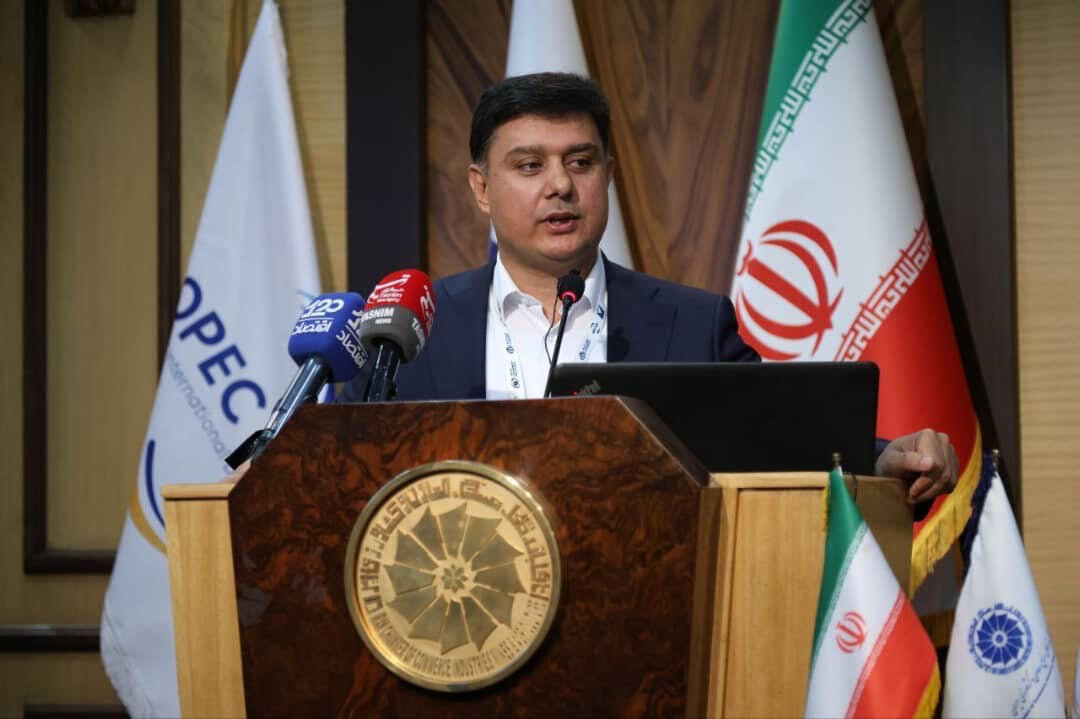Unlocking Makran’s potential through synergy of expertise, private sector, government

TEHRAN- The Makran region, with its strategic expanse along the coast of the Oman Sea, is one of Iran’s key areas in regional economic and geopolitical dynamics. Not only does it serve as a gateway to international waters and trade routes to South and East Asia, but it also holds immense potential for sustainable development, attracting investment, and enhancing Iran’s export capabilities in technical and engineering services.
However, realizing this potential goes beyond mere infrastructure investment—it requires an integrated approach. This approach must be built on the synergy of three fundamental pillars: the expertise of the technical and engineering sector, the capacities of the national private sector institutions, and the policymaking and support of the government and governance. When these three pillars operate in harmony, the development process not only accelerates but also optimizes national and regional benefits.
In recent years, we have witnessed the emergence of a new, coherent approach to Makran, where the private sector’s role has been redefined beyond mere contracting to that of a strategic development partner. This shift in perspective emphasizes the active participation of Iranian companies in the design, investment, and operation of projects, elevating them from mere executors to key decision-makers.
Iran’s technical and engineering sector, with its skilled workforce, extensive experience in national and international projects, and technological capabilities, can serve as a cornerstone for developing Makran’s infrastructure. However, this potential becomes truly effective when aligned with the institutional capacities of the private sector, particularly its national institutions. These institutions, as representatives of the private sector, facilitate interaction with the government and policymakers, providing a platform to articulate needs and formulate strategic policies.
On the other hand, the government and governance can create a conducive environment for sustainable investment and project management through smart legal frameworks and policies. The synergy between expertise, the private sector, and government can transform Makran from a mere development project into a regional logistics, industrial, and services hub, strengthening Iran’s position in the global value chain.
Makran is more than just a geographical region—it symbolizes Iran’s capability in managing large-scale projects, attracting investment, and implementing innovative collaboration models across different sectors. Moving beyond traditional approaches and embracing genuine, interest-based partnerships will be the key to success in this endeavor.
To realize this vision, three critical actions are essential: Developing a long-term roadmap for Makran’s development with the active participation of the private sector and policymakers, establishing financial and legal mechanisms to support the presence of Iranian companies in regional projects, leveraging economic diplomacy to expand international cooperation and integrate Makran into global trade corridors.
Now more than ever, it is imperative for Iran’s private sector to be at the heart of major developmental decision-making and, with a transnational outlook, pave new paths for Makran’s prosperity and the country’s economic advancement. This journey is the result of persistent efforts and the convergence of technical and engineering elites, national private sector institutions, and government—one that can shape a bright and sustainable future for the region and the nation.
Ali Naghavi is the chairman of Technical-Engineering Services Committee of Iran Chamber of Commerce, Industries, Mines and Agriculture (ICCIMA)
Leave a Comment